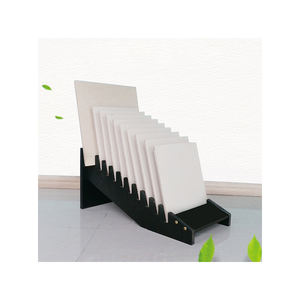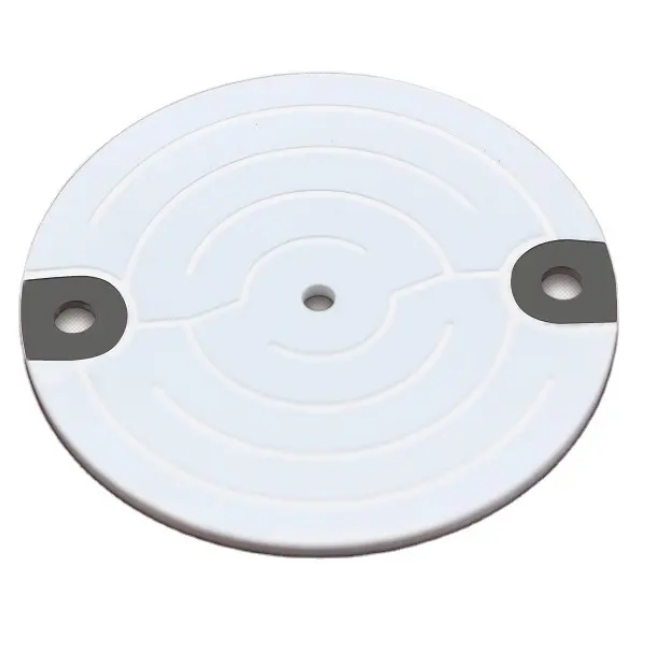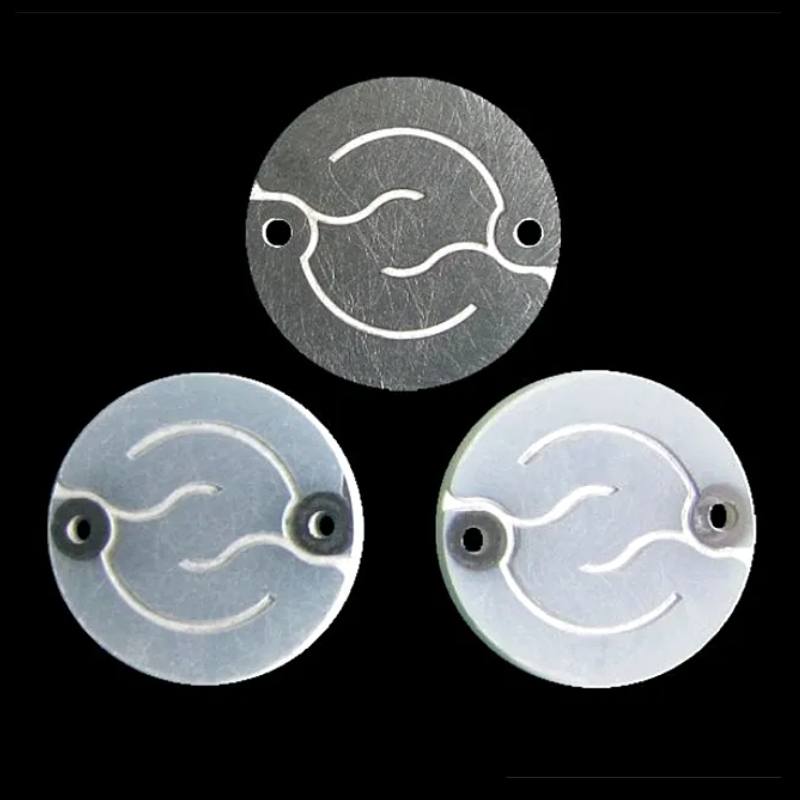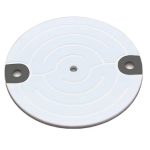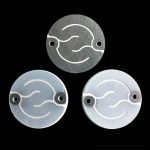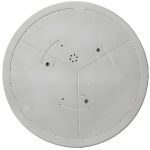Discover Premium Ceramic Products | Durability & Elegance United | Advanced Ceramics
PRODUCT PARAMETERS
Description
Overview of Boron Nitride Heater:
Boron Nitride (BN) heaters are specialty heating elements that utilize the unique properties of boron nitride to provide efficient and reliable thermal management in a variety of applications. Boron nitride, especially hexagonal boron nitride (h-BN), is highly regarded for its excellent thermal conductivity, electrical insulation, chemical stability and mechanical strength.
Features of Boron Nitride Heater:
1.High thermal conductivity:
Efficient heat transfer allows for fast heating and cooling cycles.
2. Excellent Electrical Insulation:
Provides strong dielectric properties to ensure safe operation in electrical environments.
3. Chemical Stability:
Resistant to most chemicals even at high temperatures, ensuring durability in corrosive environments.
4. Low Coefficient of Thermal Expansion (CTE):
Extremely low coefficient of thermal expansion reduces the risk of cracking or deformation during temperature changes and maintains dimensional stability.
5. Mechanical Strength:
High hardness and abrasion resistance contribute to long-lasting performance.
6. Wide operating temperature range:
Effective in air at temperatures as low as 1,000°C, with higher operating temperatures in vacuum or inert atmospheres.
7. Self-lubricating properties:
The layered structure of h-BN provides natural lubrication and reduces friction between moving parts.
8. Non-toxic and chemically inert:
Environmentally friendly and safe to handle and dispose of.

Specifications of Boron Nitride Heater:
| Property | Typical Value | Unit | Notes |
| Material Type | Hexagonal Boron Nitride (h-BN) | Layered structure similar to graphite; most common form for heaters | |
| Density | 2.27 | g/cm³ | For h-BN |
| Hardness (Mohs Scale) | ~2 | Relatively soft compared to c-BN | |
| Melting Point | >3,000 | °C | High melting point ensures stability in high-temperature environments |
| Thermal Conductivity | 60 – 300 | W/m·K | Along the basal plane for h-BN |
| Coefficient of Thermal Expansion (CTE) | 2.5 – 4.5 | ×10⁻⁶/°C | Low CTE minimizes thermal expansion and contraction |
| Electrical Resistivity | >10¹² | Ω·cm | Excellent electrical insulation |
| Dielectric Strength | 10 – 20 | kV/mm | Good dielectric properties |
| Chemical Stability | Chemically inert | Resistant to most chemicals, even at high temperatures | |
| Friction Coefficient | 0.1 – 0.2 | Self-lubricating properties | |
| Porosity | <1% | Typically very low porosity for dense sintered products | |
| Flexural Strength | 200 – 400 | MPa | Depends on manufacturing process and material type |
| Compressive Strength | 1,000 – 3,000 | MPa | High compressive strength suitable for mechanical applications |
| Operating Temperature Range | -269 to +1,000 | °C | Wide range from cryogenic to high temperatures |
| Neutron Absorption Cross Section | Moderate | barns | Beneficial for nuclear applications |
| Bandgap Energy | 5.9 – 6.2 | eV | Wide bandgap makes it suitable for high-power electronic devices |
| Heating Element Material | Nichrome, Molybdenum Disilicide | Common materials for embedded heating elements | |
| Power Density | Up to 50 | W/cm² | Varies based on heater design and application |
| Response Time | Fast | Seconds | Rapid heating and cooling cycles |
| Uniformity of Heating | ±1 – 2% | Ensures consistent temperature profiles |
Applications of Boron Nitride Heater:
1. Thermal Management
Thermal exchangers: BN heaters are used in thermal exchangers where efficient heat transfer and chemical resistance are required. Their high thermal conductivity ensures fast heating and cooling cycles.
Cooling Jackets: Ideal for cooling jackets for electronic equipment and machinery, they provide thermal management and electrical insulation.
2. Electronics and Semiconductors
Substrates and Insulation: Critical for substrates and insulation in semiconductor devices to ensure reliable operation under high thermal loads.
Heat Sinks: Critical for managing heat in power electronics, CPUs, GPUs, and other high performance electronic components. BN heat sinks enhance thermal performance without compromising electrical insulation.
Wafer Processing: Used in semiconductor wafer processing equipment to achieve uniform heating during deposition, etching and annealing.
3. Automotive and Aerospace
Engine Components: BN heaters are used in engine components that need to withstand high temperatures and corrosive environments, helping to improve durability and reliability.
Exhaust systems: Due to their thermal stability and chemical inertness, BN heaters are used in exhaust system components to extend component life.
Power electronics: Important for electric and hybrid vehicles, where power modules and inverters require efficient thermal management.
4. Manufacturing and Processing
High-temperature molds: For molds used in metal casting and other manufacturing processes that require high thermal stability. BN heaters maintain dimensional accuracy even at high temperatures.
Precision Parts: For precision engineering applications where dimensional stability and thermal properties are critical.
5. Chemical Processing
Reactor linings: Used in reactors where the material must withstand both aggressive chemicals and high temperatures, BN heaters ensure long-term durability and safety in harsh environments.
Process Heating: Used in industrial processes involving high temperature heat transfer, maintaining high thermal performance and chemical resistance.
6. Metallurgy
Crucibles and refractory components: BN heaters are used in crucibles and other refractory components in metal melting and alloying processes to ensure purity and consistency.
Annealing Furnaces: Provide uniform heating for annealing furnaces in metal treatment processes to improve material properties.
7. Energy Production
Nuclear reactors: Components in nuclear reactors benefit from the neutron absorption properties and thermal stability of BN and play a vital role in reactor control and safety.
Fuel cells: Used as gas diffusion layers and catalyst carriers, BN’s high temperature properties and chemical stability are utilized to improve the efficiency and durability of fuel cells.
8. Biomedical Applications
Medical devices: Due to its non-reactive and stable nature, it can be used in medical devices to form biocompatible coatings on implants or devices.
Drug delivery systems: BN nanoparticles can be functionalized for targeted drug delivery by taking advantage of BN’s biocompatibility and stability in biological tissues.
9. Research and Development
Advanced Materials Development: Research and development of new materials with application-specific properties to advance materials science and engineering.
Nanotechnology: Explore the unique quantum properties of nanoelectronic and optoelectronic devices to advance technology and innovation.
10. Environmental Applications
Catalyst Carriers: Provide stable platforms for catalyst particles in a variety of chemical reactions, especially high-temperature processes, to promote sustainable and efficient catalysis.
Electrocatalysis: Energy conversion and storage systems for electrochemical batteries to support environmentally friendly technologies.

Company Profile
Advanced Ceramics founded on October 17, 2012, is a high-tech enterprise committed to the research and development, production, processing, sales and technical services of ceramic relative materials and products.. Since its establishment in 2012, the company has been committed to providing customers with the best products and services, and has become a leader in the industry through continuous technological innovation and strict quality management.
Our products includes but not limited to Aluminum Nitride Ceramic Products, Boron Carbide Ceramic Products, Boron Nitride Ceramic Products, Silicon Carbide Ceramic Products, Silicon Nitride Ceramic Products, Zirconium Dioxide Ceramic Products, Quartz Products, etc. Please feel free to contact us.(nanotrun@yahoo.com)
Payment Methods
T/T, Western Union, Paypal, Credit Card etc.
Shipment Methods
By air, by sea, by express, as customers request.

FAQs of Boron Nitride Heater
1.What is a boron nitride heater?
A: A boron nitride heater is a specialized heating element that uses hexagonal boron nitride (h-BN) as the primary material. It combines high thermal conductivity with excellent electrical insulation, chemical stability, and mechanical strength, making it suitable for various high-performance heating applications.
2. What are the main types of boron nitride used in heaters?
A: The primary type used is hexagonal boron nitride (h-BN), known for its layered structure similar to graphite. This form provides good thermal conductivity, self-lubricating properties, and chemical inertness. Cubic boron nitride (c-BN) is less common but offers exceptional hardness and thermal stability for high-performance applications.
3. Can boron nitride heaters withstand high temperatures?
A: Yes, boron nitride heaters can operate at very high temperatures, up to 1,000℃ in air and higher in vacuum or inert atmospheres. This makes them ideal for high-temperature applications.
4. Can boron nitride heaters be customized?
A: Yes, many manufacturers offer custom sizes and shapes based on specific application needs. Customization can include dimensions, tolerances, surface finishes, and even material composition.
5. How should boron nitride heaters be stored?
A: Store BN heaters in a clean, dry environment to prevent contamination. Avoid exposure to corrosive chemicals and extreme temperatures that could affect performance.
REQUEST A QUOTE
RELATED PRODUCTS
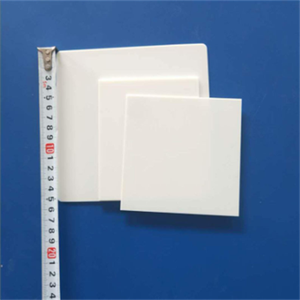
Hot-pressed Insulating Hexagonal BN Boron Nitride Ceramic Pipe
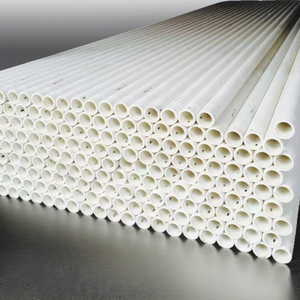
Kerui Boron Nitride Ceramic Boron Nitride Ceramic Structural Bar Parts for Chemical Processing
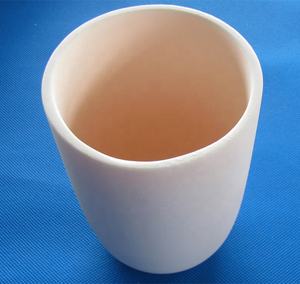
High Temperature BN 99% Boron Nitride Ceramic Crucible Part With Lid 2200 Degree
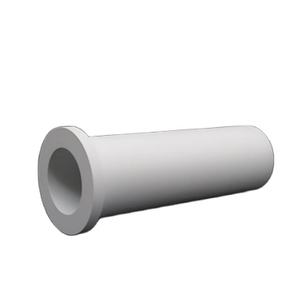
High Temperature Boron Nitride Powder 98.5% Hexagonal Boron Nitride Industrial Grade Thermal Conductive Ceramic Lubricant
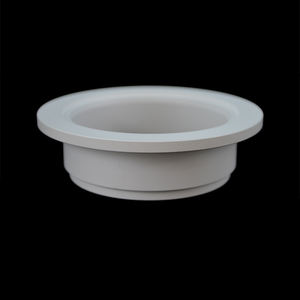
SUOYI Mature Factory Directly ing Boron Nitride Powder BN Powder for Ceramic Industry
